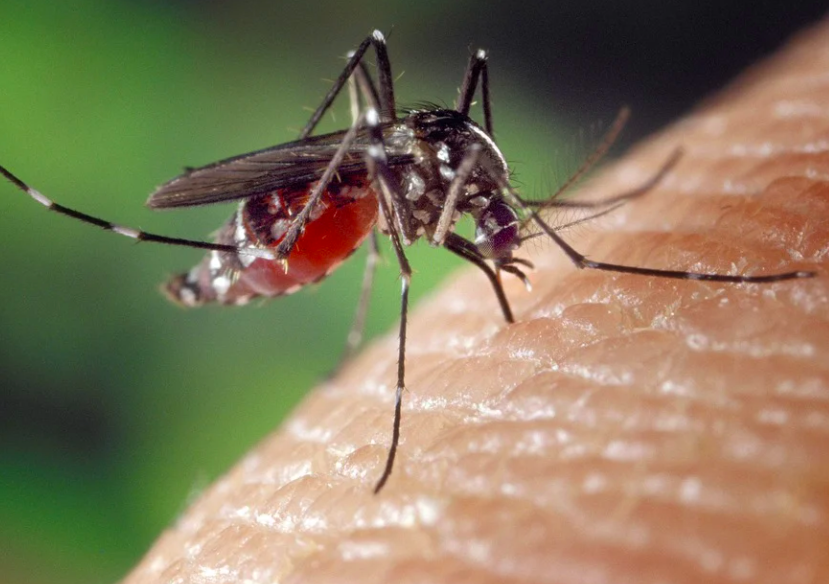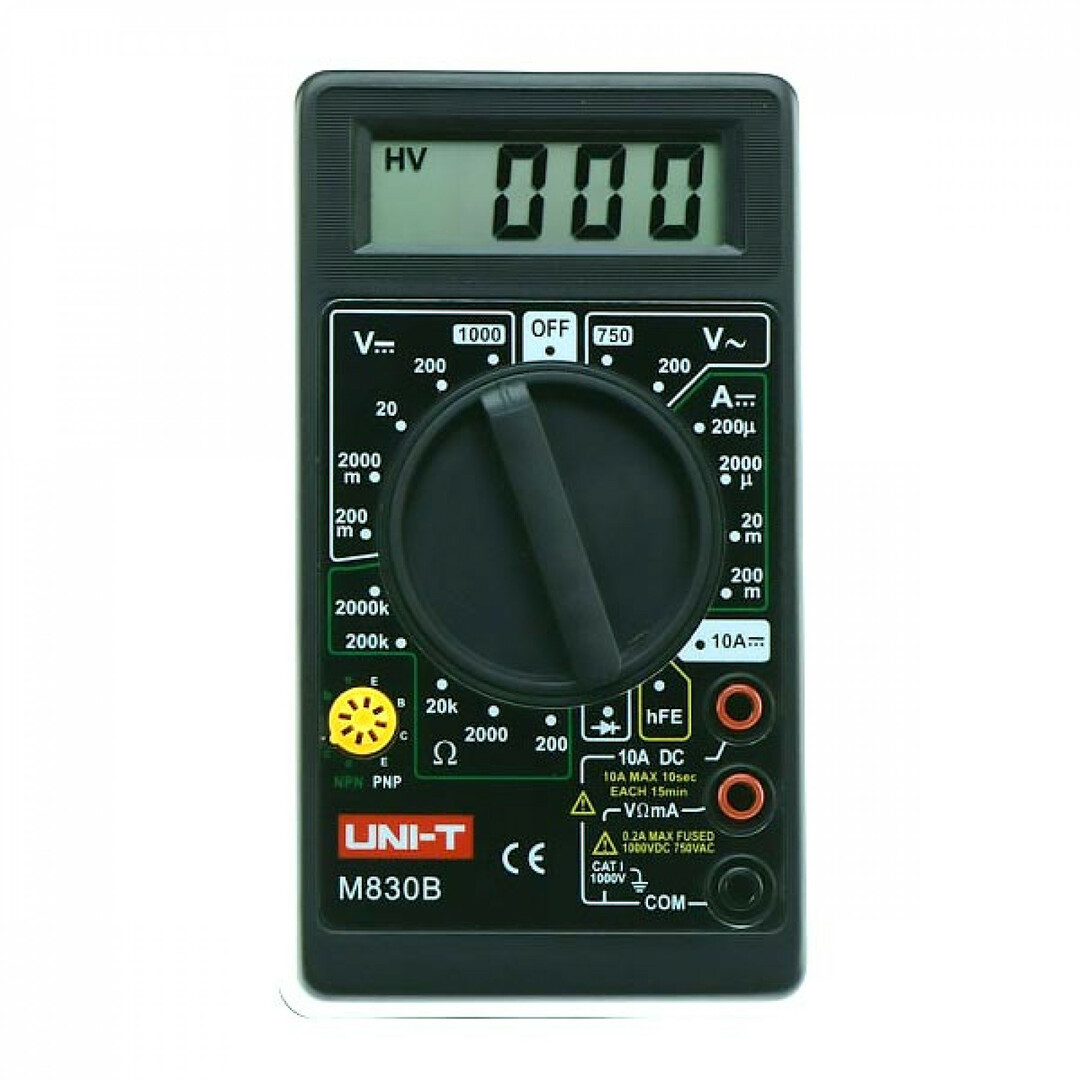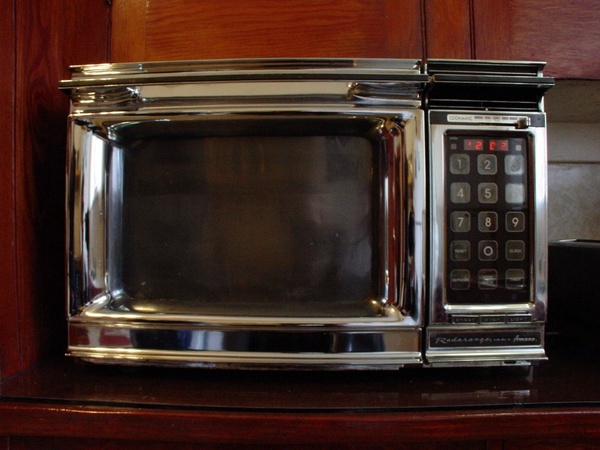
Nobody likes insects. If not to anyone, then at least to the majority. They make noise, buzz, interfere, carry diseases, bite - in general, unpleasant. If you do not live in places with constant cold, then when you forget to close the window at night, you find the whole room in the morning in insects.
To combat them, various methods were invented - dichlorvos, sprays, repellers, fumigators, traps and more. Traps are considered the most effective. Dichlorvos and sprays need to be sprayed on their own, repellers do not always work, fumigators are also unreliable, and they still leak / smell strongly.
If you want to understand how a mosquito trap works, which ones are better to buy, how to make a mosquito trap with your own hands, then read on.
The content of the article
- The best models of mosquito traps
- How to make your own mosquito trap
- Mosquito trap working principle
The best models of mosquito traps
We recommend the following insect traps for use:
-
EcoSniper LS-217 - CO2 trap for 2800 rubles with a compartment for insects. Affordable, high quality, proven, reliable, silent.

- Flowtron Mosquito PowerTrap MT - an electric model for 27 thousand rubles. There is also an insect compartment, silent operation, high build quality, high efficiency, reliable design. To attract insects, the model emits various substances that they flock to. The disadvantage is that the ultraviolet LED glows brightly / blinks.
- Tefal Mosquito Protect - Tefal has a long history of manufacturing home appliances, electronics and appliances. Tefal Mosquito Protect for 4000 rubles will completely save you from insects in the house. The model has a control panel and a compartment for insects. The device is environmentally friendly, silent, the light of the UV lamp is almost invisible. The volume of the "mosquito collector" is enough for a month, after which it needs to be cleaned.
How to make your own mosquito trap
To make a homemade electric insect trap, you will need:
- Two plastic jars of different sizes (little difference)
- Conductive wire (up to 1-2 meters, depending on the size of your trap)
- 6 capacitors
- 5 resistors
- UV LED
- wires
- Plug for socket
- Tools (soldering iron, glue gun, knife, scissors)
First prepare the body of the trap by cutting half or more of the side of the smaller plastic jar. Further from the second jar, cut off the bottom and lid. Cut 1-3 strips 2 cm thick from the plate. Make holes inside the smaller jar - you can use a soldering iron or a drill.
Bring out the positive wire, connect it to four resistors and four capacitors. Next - either bend the prepared wire at a distance equal to the height of the hole, or cut off many pieces of the same length from it. If you cut off the pieces, then after they will need to be connected together with one piece of wire.
Attach the made grate to the hole in the bank. The distance between the railings should not be more than 5 millimeters. Connect to the two ends of one side of the grid a structure of capacitors and resistors.
Glue the grill to the body with a glue gun. Do not forget to install the crossbar (cut strip) so that the body does not fall apart.
Pass the remaining wires through the holes in the housing, bring the wire from the other end of the grate there. Connect the wires to the resistor and capacitors, then connect to the UV LED.
Glue the resistor, capacitor, wires and LED to the inside of the case. Glue the bottom and lid of the jar to the structure.
Make sure the trap is assembled correctly and insert the plug into the socket.
Mosquito trap working principle
Most insects have an instinct to fly into the light. An electric mosquito trap works on this principle.
Electricity from the socket goes through capacitors, which increase its power. Then it passes through a wire grate, electrifying the air next to it. After that, the energy goes to the UV LED and feeds it. Mosquitoes flock to this LED inside the trap. It emits ultraviolet light, and mosquitoes think it is the sun and automatically fly towards it. Flying close to the grate, they close the circuit - they are beaten by current. Insects die instantly.
If a person touches a switched on electric insect trap, he will not die, but will receive a strong electric shock. Therefore, it is undesirable to place such a trap in a place accessible to children.


